Horrors of war which haunted POWs for life
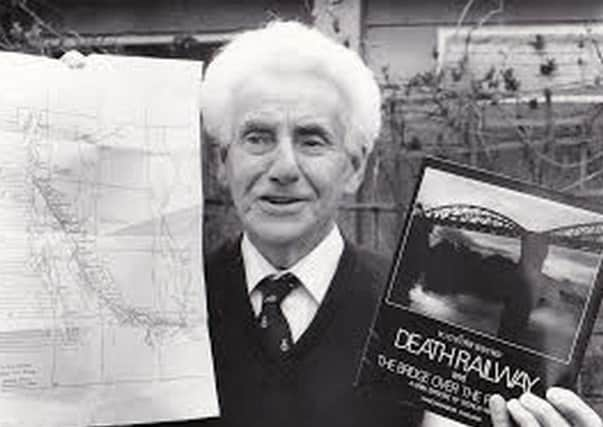

This article contains affiliate links. We may earn a small commission on items purchased through this article, but that does not affect our editorial judgement.
His duties took him all over the world and one journey in particular highlighted the peculiarities of a world at war.
He was shipped to the Middle East on an American vessel called the USS Mount Vernon. When the voyage began, America had not joined the war – by the time they arrived, Pearl Harbour had been attacked and everything had changed.
Advertisement
Hide AdAdvertisement
Hide AdWilliam’s military records listed him as lost in Malaya from January 12, 1942 and then on February 15, 1942, at the fall of Singapore he was captured by the Japanese.
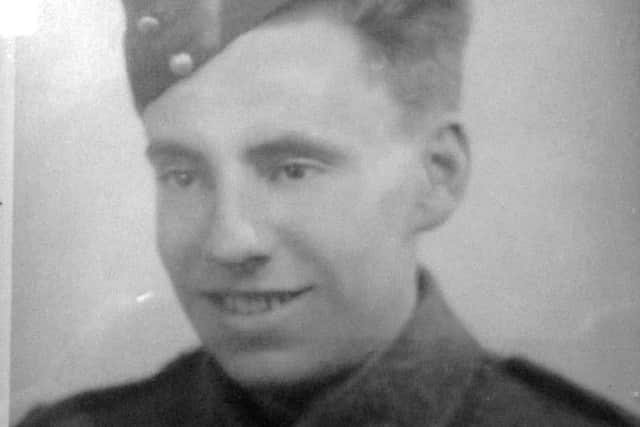

At the age of 22, he was taken by his captors to build the ‘Death Railway’ through the jungle.
From the information his daughter, Chris Beer, has been able to gather, William was held in nine prison camps over the coming years and contracted tropical diseased such as beri-beri, malaria, dysentery and the worm parasite strongyloides.
Chris described one act of bravery which summed up the spirit of the captured men.
Advertisement
Hide AdAdvertisement
Hide AdWilliam was in the River Valley Road Camp in Singapore in August 1942, where Lt Col Heath stood as leader of the men.
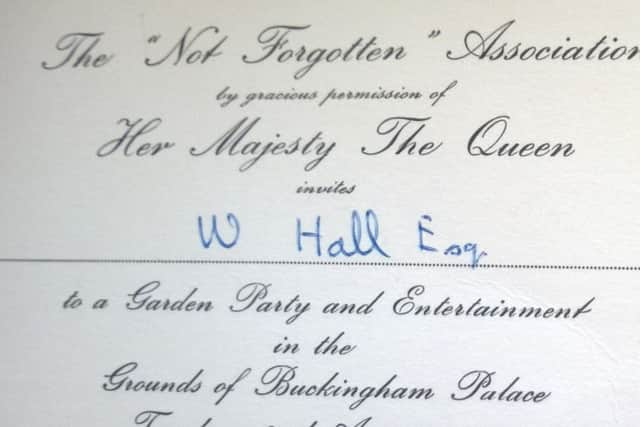

Chris said: “In August 1942, Colonel Fukure, the Japanese commander, called upon every prisoner of war in Singapore to sign a certificate saying he would not escape. Every man refused to sign.”
By September 2, the men were in the Selerang Camp, which saw 16,000 held in an area built for 850. It was there William contracted dysentery.
Chris said: “Dad recalled the Japanese had machine guns trained on them, and they had to stand and sleep in searing heat for four days.
“Dad and others had to help dig latrines.
Advertisement
Hide AdAdvertisement
Hide Ad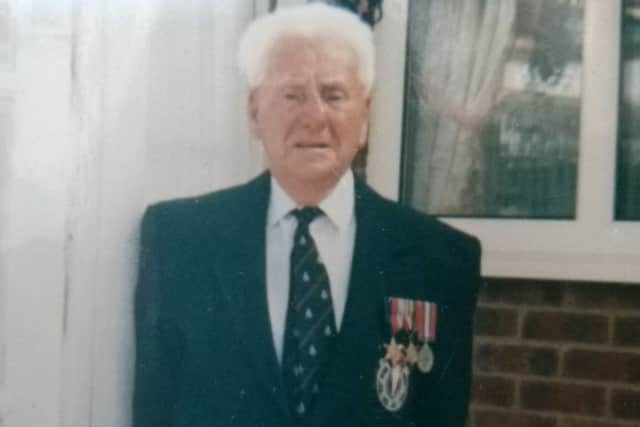

“As disease was already rife the Japanese showed they meant business by executing a number of men who tried to escape.”
It was at that point, said Chris, that the men, who were all growing ill, signed the pledge not to escape.
She said: “From here they were transported up into Thailand, in steel railcars, packed like sardines in searing heat where they could barely sit or stand, for about three days, and having dysentery must have been horrendous.
“You can’t imagine how these poor sick starving men, including my dad, must have felt like. This was just the start of their living hell.”
Advertisement
Hide AdAdvertisement
Hide Ad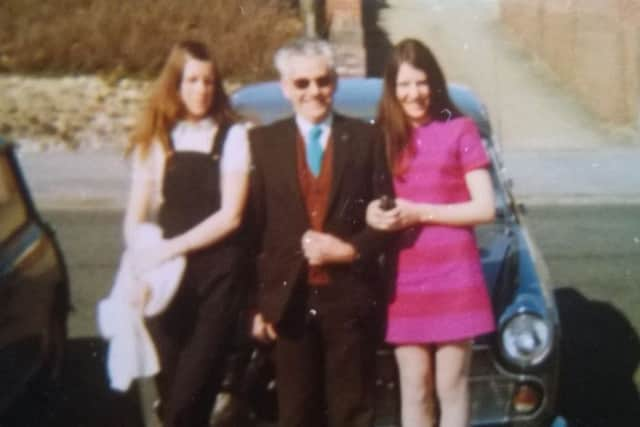

A hospital camp in Kanchanburi was William’s next stop and saw another act of heroism – this time on the part of a civilian – which saved many lives.
Chris said the mayor of Kanchanburi was a local shop trader the Japanese soldiers went to for supplies. Realising how ill the prisoners were, he put his life on the line to help them.
She said: “While the Japanese were talking to his daughter, he would sneak much-needed medicines and food into boxes, which undoubtedly saved a lot of POW lives.
“Had he been caught, he would have been executed. And so after the war he was commended for his very brave actions.”
Advertisement
Hide AdAdvertisement
Hide AdBy March 1943, William and his fellow prisoners were deep in the jungle, being ordered to clear through the rock face to start work on the ‘Death Railway’. William’s group – D Force – worked on the building of the bridge at Whang pho (Wampo) viaduct.
Chris said: “Hundreds of prisoners lost their lives while on this job either by drowning or by exhaustion or malnutrition or being literally beaten to death. My dad told me that for every sleeper laid, a prisoner died.”
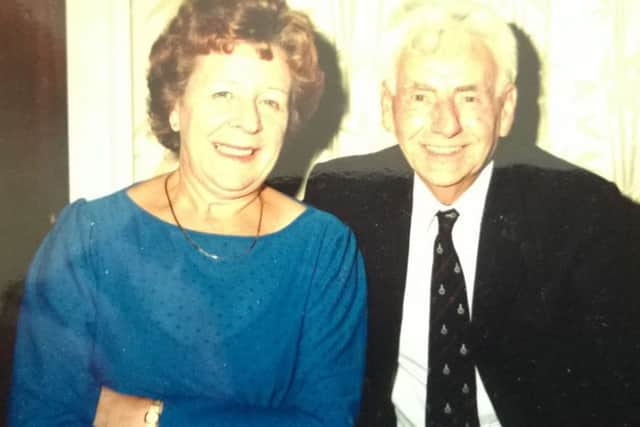

After the bombing of Hiroshima and Nagasaki, William was one of many seriously ill men who were flown out of the jungle in a Dakota plane to a hospital in Rangoon.